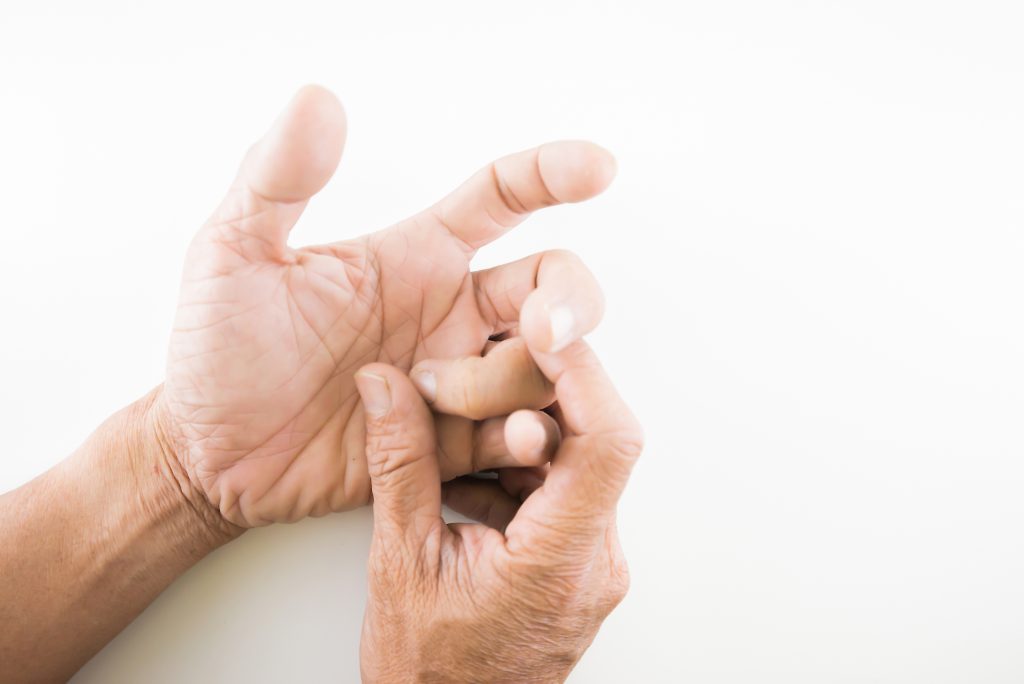The locking, popping, and stiffness associated with trigger finger is not only annoying, but can disrupt your routine or make it much harder to work than you’re used to. And yet, it seems like such a small problem, you should be able to figure out a solution on your own, right?
While at-home finger exercises or stretches won’t necessarily cure trigger finger in every case, it can play a meaningful role in managing symptoms as part of a trigger finger treatment plan. For many, pairing specific at-home exercises with a dedicated treatment plan like physical therapy can bring noticeable relief.
What is trigger finger?
Trigger finger, medically known as stenosing tenosynovitis, occurs when the sheath surrounding the tendons in your finger becomes inflamed or thickened. This inflammation prevents the tendons from gliding smoothly as you move your fingers, causing sensations like popping or locking when you try to straighten or bend them. Sometimes the affected fingers may even get stuck in a bent position, triggering pain or stiffness.
Common symptoms of trigger finger
The symptoms of trigger finger can vary in severity but typically include:
- Locking or catching during finger movement
- A popping sensation when moving the finger
- Tenderness or bump at the base of the finger or thumb
- Stiffness, especially in the morning
- Pain when straightening or bending the finger
For many, these symptoms start mild and gradually worsen over time, especially if left untreated.
Who is at risk?
Certain groups of people may be more likely to develop trigger finger due to repetitive hand movements, medical conditions, or even genetics. Those at higher risk include:
- Individuals with jobs or hobbies involving repetitive gripping (e.g., musicians, factory workers, farmers)
- People with underlying health conditions like diabetes or rheumatoid arthritis
- Women, especially those aged 40-60
Recognizing these risk factors is critical as early intervention can help minimize symptoms.
Types of trigger finger and trigger thumb exercises
While professional treatments are often recommended for persistent cases, trigger finger exercises can be beneficial in some cases. These exercises are designed to improve flexibility, increase tendon mobility, and reduce stiffness, promoting better finger function over time.
For the best results, consult a physical therapist who will not only teach you how to do specific exercises safely, but also how often to perform them and which ones are most effective for your specific experience of trigger finger.
1. Finger lifts
- Lay your hand flat and palm-down on a table.
- Starting with your index finger, lift it as high as you can while keeping other fingers flat.
- Lower it back down and proceed with the next finger until all fingers have been lifted one by one.
2. Tendon gliding exercise
- Start with your hand in an upright “stop” position.
- Gradually bend your fingers to form a hook-like shape, keeping your knuckles straight.
- Next, make a full fist by curling all your fingers inward.
- Slowly return to the upright “stop” position.
3. Rubber band finger stretch
- Place a rubber band around the tips of your fingers and thumb.
- Slowly open your hand, stretching the rubber band as wide as possible.
- Close your hand back to the starting position.
4. Finger extension with resistance
- Wrap a resistance band (or hair tie) around your fingers near the knuckles.
- Push your fingers outward to stretch the band.
- Hold the stretch for a few seconds before bringing your fingers back together.
5. Palm press and stretch
- Press your hands together in a prayer position at chest height.
- Slowly push your hands downward while keeping them pressed together.
- Stop when you feel a mild stretch in your fingers and wrists.
Find a personalized solution for your trigger finger symptoms at Carolina Strong
Every case of trigger finger is different, and a solution that works for one person might not work for another. If trigger finger exercises and self-care aren’t providing the relief you need, professional assistance can make all the difference.
At Carolina Strong Physical Therapy, we specialize in personalized, conservative treatments for trigger finger that provide long-term healing. Our team of experts can guide you through evidence-based exercises, brace options, and other non-invasive treatments. Start a conversation with our team by calling one of our North Carolina clinics or by requesting your first appointment online today.

